Emotiv is an Australian-founded company working “to introduce the immediacy of thought to the human-machine dialogue” – which is a nice way of saying they want to develop a better way of using the human mind / face to control computer functions.
Put simply, a headset is worn and particular movements / expressions and emotions will have particular computer effects. Using virtual worlds as an example, the plan is for you to be able to make your avatar much more human through Emotiv – if you smile, your avatar smiles. The uses are obvious in the virtual world context and if it’s done well, likely to capture enormous market share.
All that said, one of the advantages of a virtual world is the ability to be something different. If you’re feeling angry in real life and want to escape, do you really want your avatar to be angry as well?
We’ll be following Emotiv closely and thanks to Brad Howarth for the heads-up.
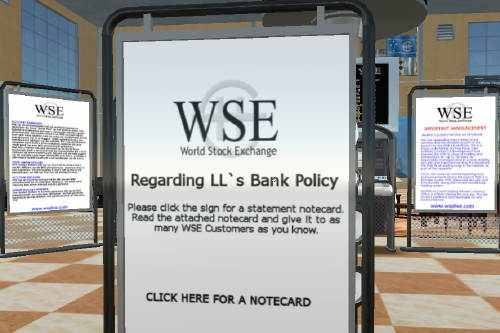

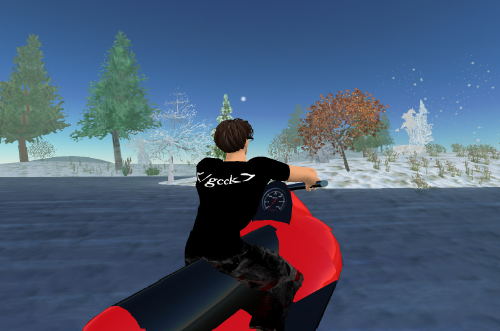
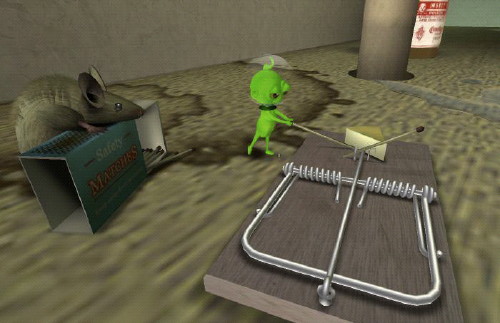
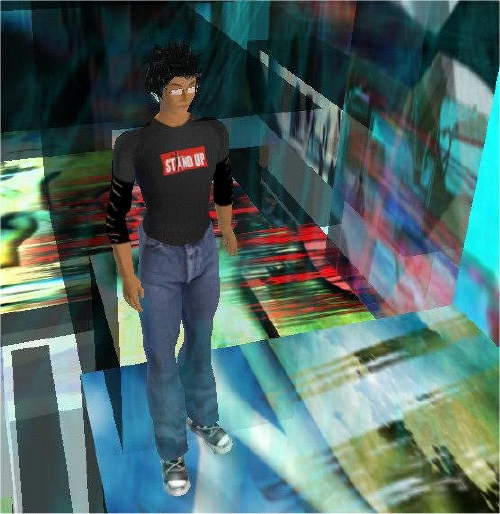
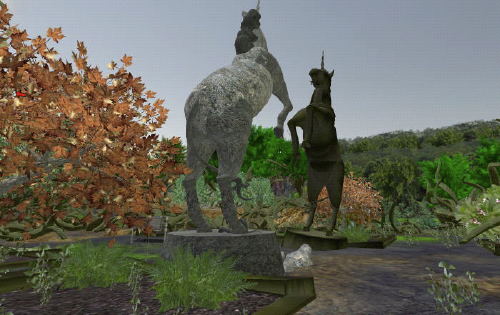
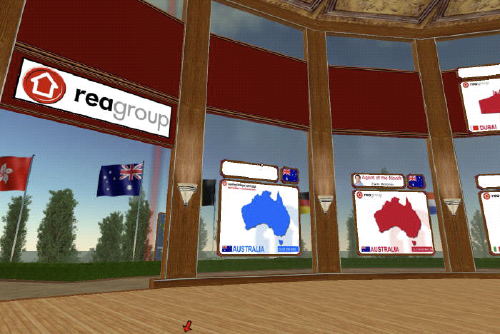

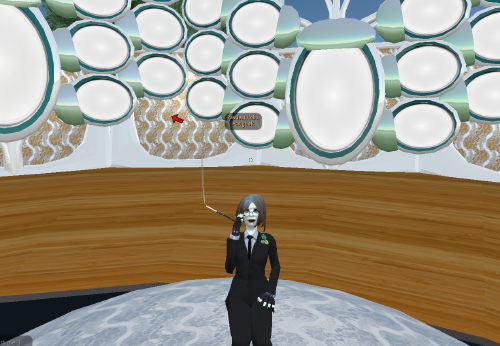
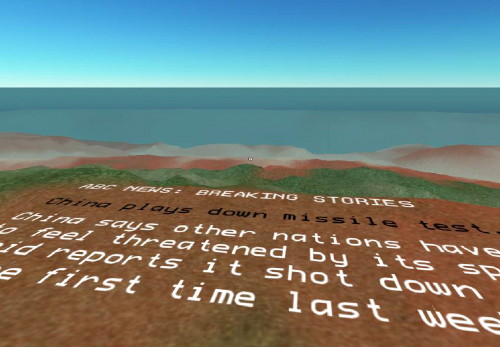
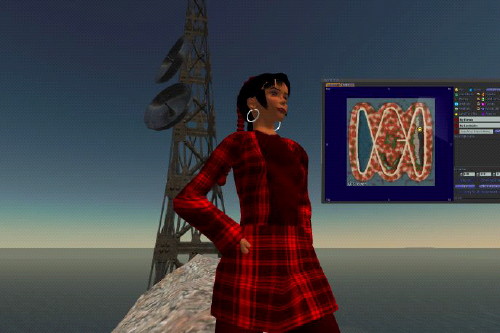
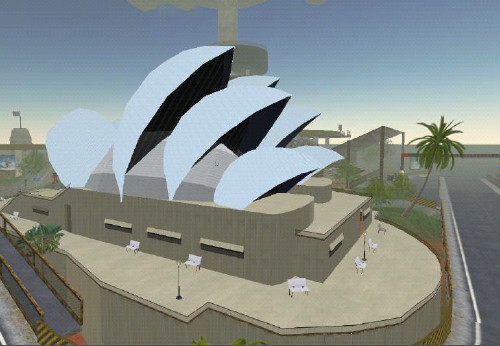
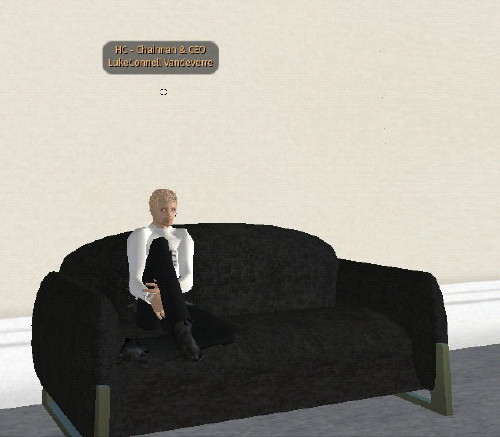
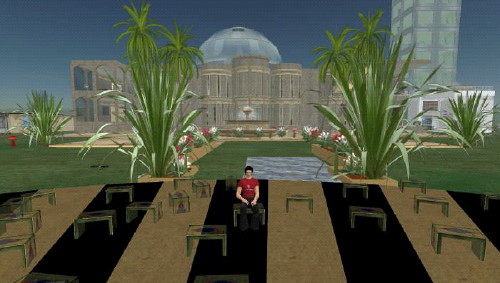
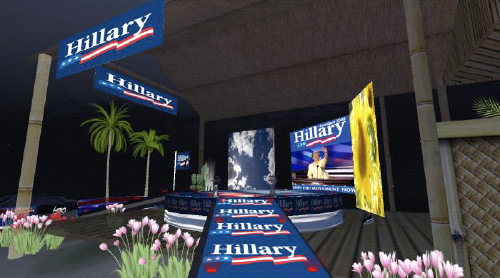
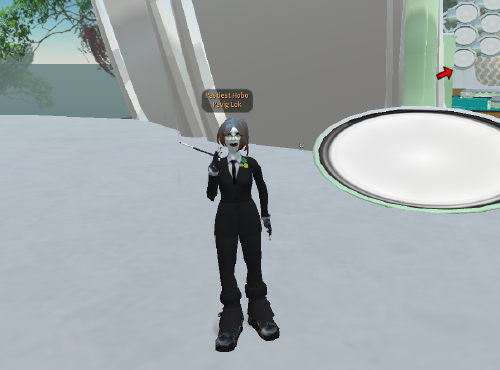
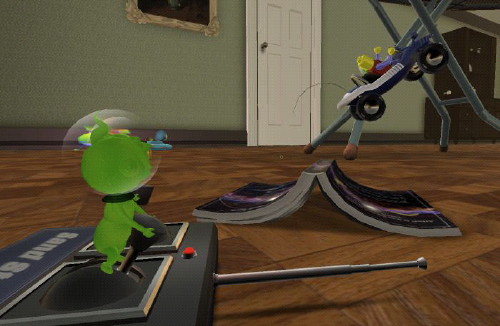
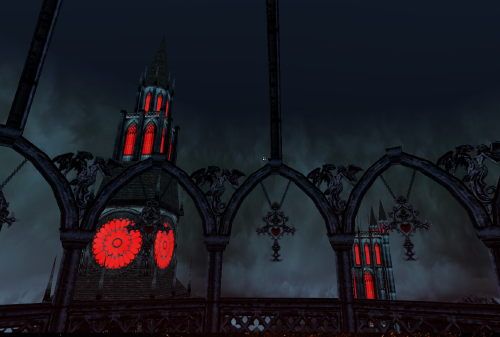
Recent Comments